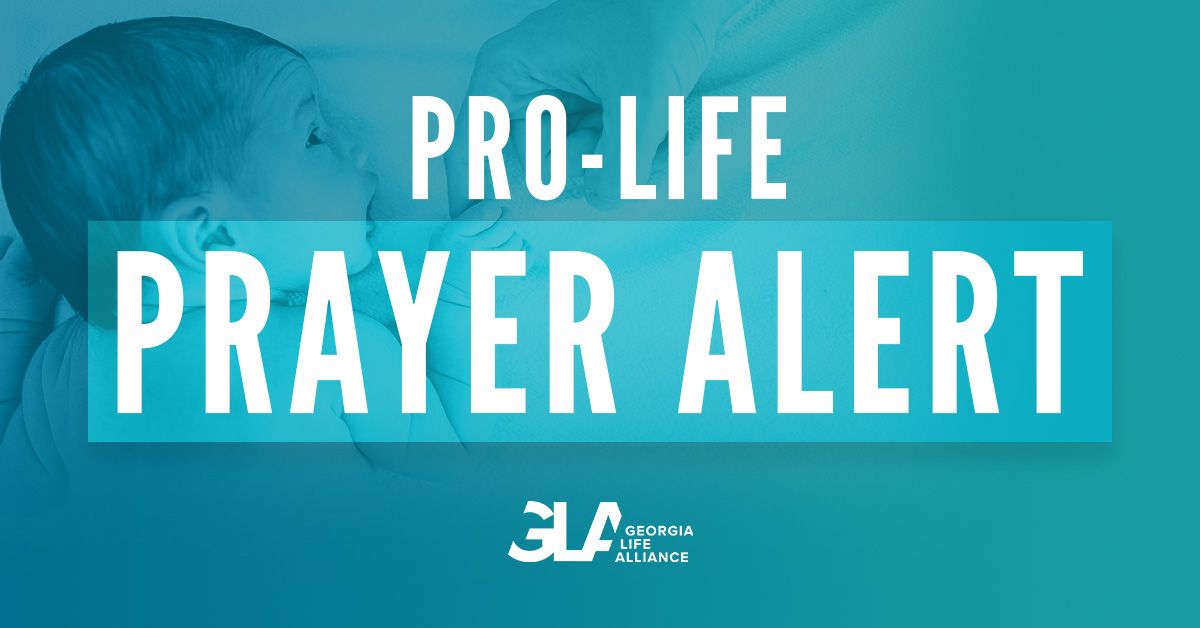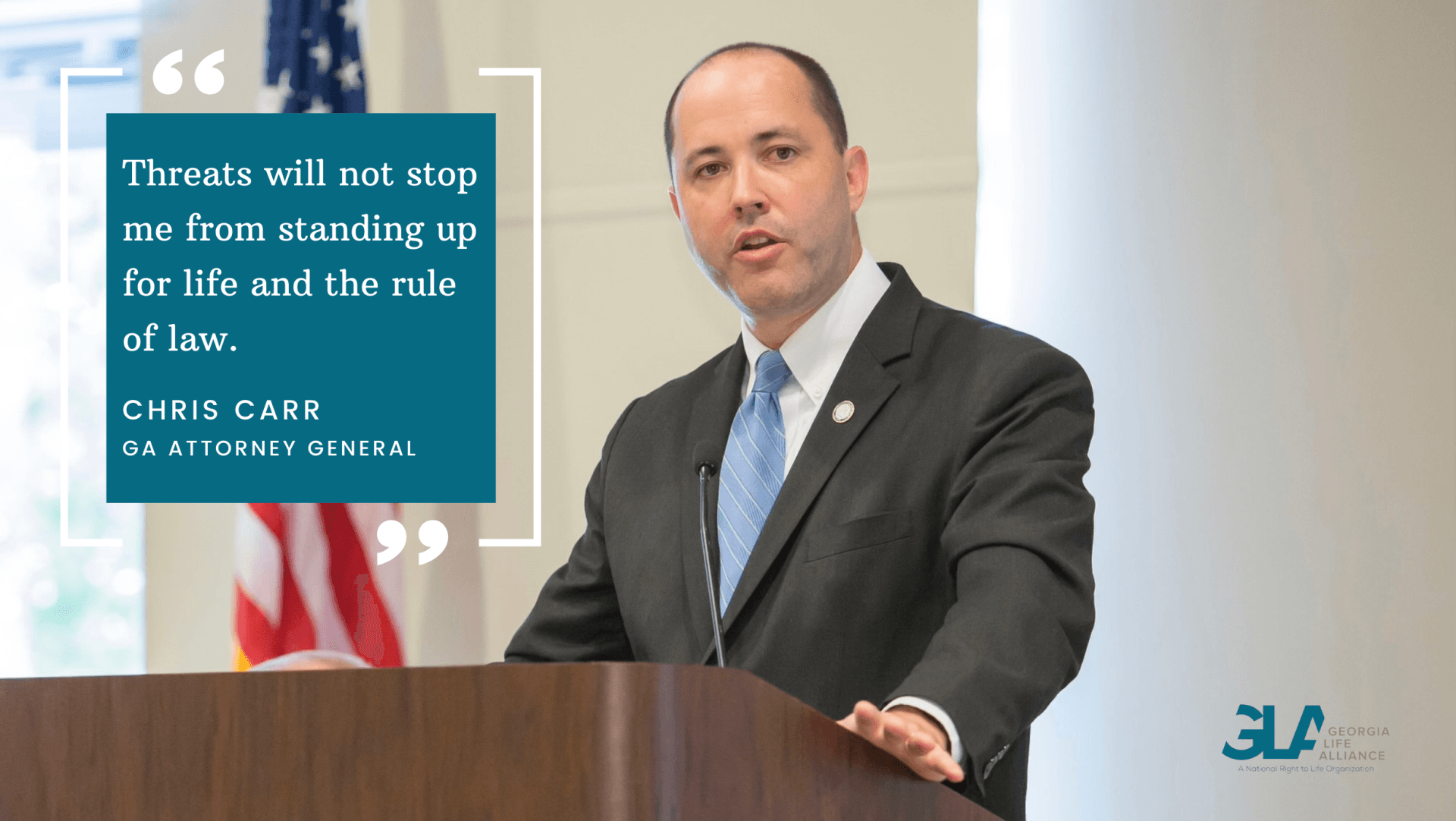Medical Abortion and the Expansion of Abortion in the U.S.
By GUEST AUTHOR: Kathleen M. Raviele, MD FACOG
When abortion was legalized in the U.S. in 1973, under any circumstances, the one limiting factor was the availability of physicians willing to perform the procedure. Despite identifying themselves as “pro-choice”, most physicians had a distaste for actually participating in the procedure. Those who did perform abortions were marginalized by the medical community. As a result, abortion clinics had to import abortionists, even from other states, to come in over the weekend, as they lined up the women for a procedure lethal to their unborn babies and potentially dangerous for them.
As a result, drug combinations were developed to abort the woman without surgery. Approved for use by the FDA in 2000, the original regimen was 600 mg (three 200 mg tablets) of mifepristone orally on day 1, followed by 400 mcg of misoprostol orally on day 3. Mifepristone, also known as RU-486, binds to progesterone receptors, preventing progesterone from supporting the pregnancy. This can be likened to a deep sea diver losing the oxygen in his tanks. Misoprostol then causes the uterus to contract and expel the baby and placenta. The FDA initially approved this regimen up to 49 days from the first day of the last period but Planned Parenthood used it off-label later in pregnancy and with different regimens.
About 3% of women who take RU-486 have to have a D&C because of bleeding and incomplete passage of tissue. Early on, 8 women died in the U.S. because of a pelvic infection with Clostridium Sordelli after using the misoprostol vaginally. It should be kept in mind that the reporting of complications from abortion in the U.S. is voluntary with several states never reporting them, including California. Despite just being handed a few pills for the woman to take herself, the cost of a medical abortion as of 2009, the year of the most recent data, is $490 which is higher than the $470 fee charged for a surgical abortion. If a woman experiences complications from either procedure, the abortion clinic does not provide follow-up care or admission to the hospital.
Medical abortions will expand the number of abortions in the U.S. and the world. By 2011 they accounted for 36% of abortions before 9 weeks in the U.S. The woman can choose abortion on impulse, she can drive herself to the clinic and back home and no one else needs to know. Medical abortions cause more bleeding than surgical abortions and the further along she is in pregnancy, the greater the bleeding and the more likely she will also need a D&C. In March of 2016, the FDA approved medical abortions up to 70 days from the first day of the last menstrual period using mifepristone 200 mg orally in the clinic, under a “certified healthcare provider” followed in 24-48 hours by 800 mcg of misoprostol taken buccally. Medical abortions do not require a physician, only that it is “dispensed in clinics, medical offices, and hospitals by or under the supervision of a certified healthcare provider.” Spontaneous miscarriages at 70 days are associated much more commonly with heavy bleeding and incomplete passage of the placenta.
Some women change their minds after taking the abortion pill. Through a website developed and manned by Dr. George Delgado and a group of RNs, patients are finding they can stop their medical abortion on www.AbortionPillReversal.com . Dr. Delgado’s office puts them in touch with a physician in their area who can start them on high doses of progesterone to override the effects of the mifepristone. The protocols were developed based on case reports. Mifepristone does not cause fetal abnormalities , but if the second drug has been taken, the pregnancy cannot usually be saved and misoprostol does cause fetal anomalies. So far, about 60% of the abortions have been reversed at the request of the mother. Even if the abortion cannot be stopped, these women encounter caring physicians who treat them with respect and concern for their unborn child. These physicians adhere to the Hippocratic Oath, written in the 5th century B.C. by Hippocrates, a Greek physician and the father of Western medicine. Sadly, it is no longer administered to medical students at graduation. The oath states “I will use treatment to help the sick according to my ability and judgment, but never with a view to injury and wrong-doing. Neither will I administer a poison to anybody when asked to do so, nor will I suggest such a course. Similarly I will not give to a woman a pessary to cause abortion.” If only physicians and all healthcare providers returned to the principles of the Hippocratic Oath.
Dr. Kathleen Raviele is a board-certified ob-gyn in the private practice of gynecology in the Atlanta area. She is a revert to the Catholic faith and has been an NFP-only gynecologist since 1991. She is certified to teach four methods of NFP and is a medical consultant for the Creighton program as well as having helped develop the Marquette Method of NFP. She is a past president of the Catholic Medical Association and a former board member of Georgia Right to Life. She currently serves on the board of the Catholic Medical Association as a presidential advisor and as a consultant to the Pro-Life Secretariat of the USCCB. She is the volunteer Medical Director for the Pregnancy Aid Clinic.
A part of the GLA Medical Alliance, Dr. Raviele has advised Georgia Life Alliance on issues related to her profession since early 2015.

Contact Us
Send us an email:
Statewide Mailing address:
2451 Cumberland Pkwy SE, Suite 3205
Atlanta, Georgia 30339
Coastal Georgia Office:
1700 Frederica Road Suite 304
St. Simon’s Island, Georgia 31522
Give us a call:
(678) 597-8055
GuideStar and Foundation Center are Candid.
Contact Us
Thank you for contacting us.
We will get back to you as soon as possible.
Oops, there was an error sending your message.
Please try again later.











